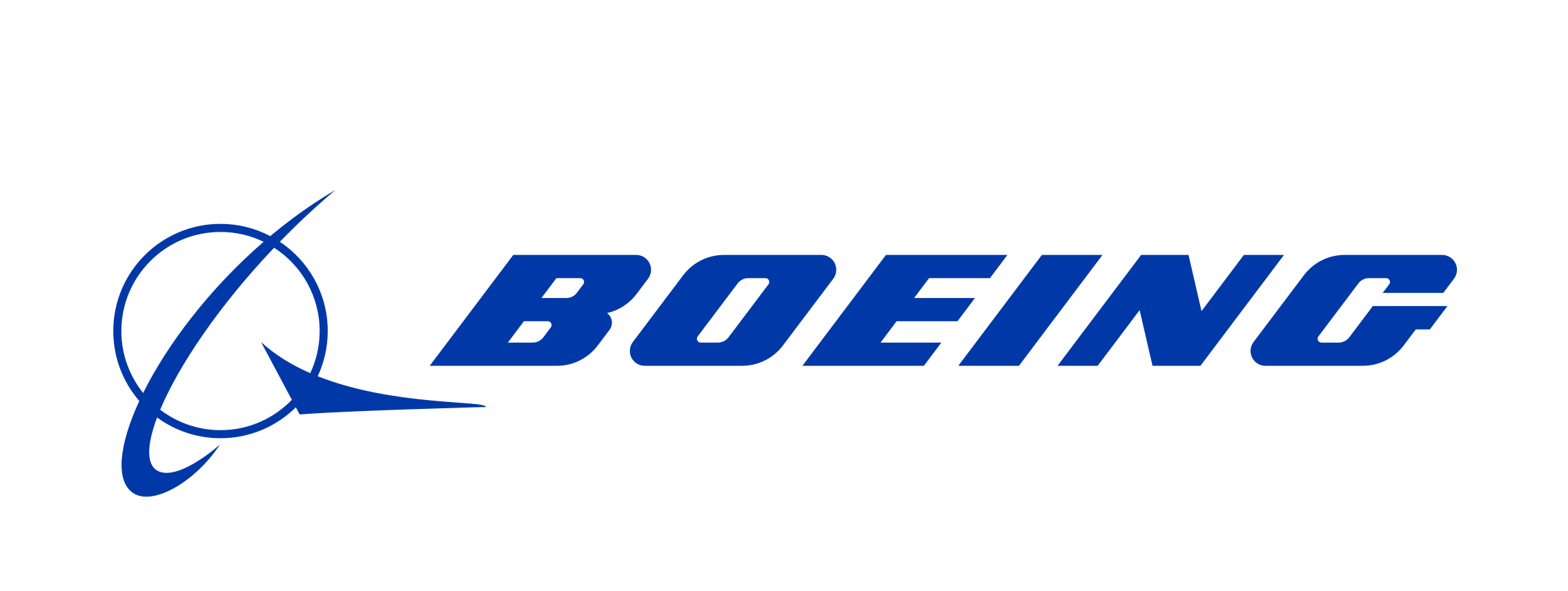Trump Administration Is Pressing NASA And NASA Is Pressing Boeing For 2020 Moon Mission - Part 2 of 2 Parts
Part 2 of 2 Parts (Please read Part 1 first)
Boeing has been criticized for years for the way it was handling the SLS project. Last year, the NASA inspector general delivered a harsh report criticizing Boeing. The report stated that Boeing had already spent five billion three hundred million dollars and is expected to spend the rest of the allocated money by the end of this year three years before the program was supposed to be completed. So far the project has been delayed for two and a half years and four billion dollars of cost overruns have been racked up. The report also said that Boeing had consistently underestimated the scope of the work that had to be done.
John Shannon is Boeing’s SLS program manager. He has admitted that there have been a lot of problems in the program but claims that progress is being made. He said, “We’re late and I completely own that, but we are dialed in now and the team is producing extremely well. I have high confidence that we’re going to come out with an amazing capability by the end of the year, and I can’t wait to get to that point.”
In 2017, the NASA agency watchdog said that NASA had spent a total of fifteen billion dollars so far on the SLS launch vehicle, the Orion crew capsule and the necessary ground systems between 2012 and 2016. It has been estimated that the ultimate cost may reach as high as twenty-three billion dollars. The construction of the SLS and the Orion spacecraft has been parceled out so that every state in the Union now has jobs related to the EM-1 program. All in all, the SLS program supports around twenty-five thousand jobs nationwide. It has had a total economic impact of four billion seven hundred million dollars.
The widespread impact of the SLS program has resulted in strong support in Congress. Some critics have referred to the SLS program sarcastically as the “Senate Launch System.” Boeing is the primary contractor but Aerojet Rocketdyne, Northrop Grumman and the United Launch Alliance are also key contractors. Senator Shelby’s home state of Alabama has benefitted more than any other state from the SLS program. Alabama is the home of NASA’s Marshall Space Flight Center in Huntsville. The SLS program has brought Alabama thirteen thousand jobs and two billion four hundred million dollars.
When the NASA administer raised the idea at the hearing that perhaps the SLS program should be tabled, Senator Shelby said, “While I agree that the delay in the SLS launch schedule is unacceptable, I firmly believe that SLS should launch the Orion.” Following this statement by Shelby, Brindstine said that NASA is committed to building and launching the SLS. The next day, Bridnstine tweeted “Good news: The NASA and Boeing teams are working overtime to accelerate the launch schedule of the NASA SLS.
Critics of the SLS point out that it has been in development for so long that its mission has changed several times and it is based on obsolete technology that has been replaced by advances in the private space sector. The commercial launch industry has been growing beyond the big companies that have supported NASA programs with their hardware in the past. Companies like SpaceX and Blue Orion have been building and launching reusable rockets, boosters and engines which have seriously reduced costs. The SpaceX Heavy Launch vehicle costs about a hundred million to launch. For contrast, it is estimated that the launch of the SLS will cost about a billion dollars per launch.
NASA has been considering replacing the SLS with two commercial launch vehicles. One would send the Orion crewed spacecraft into Earth orbit and the other rocket would carry the Orion to orbit the Moon after Orion docked. Brindstine says that this approach would not be optimum but might be necessary to make the 2020 deadline. NASA has been working on speeding up the schedule for the SLS. The ultimate choice for launch vehicle has not yet been made.
